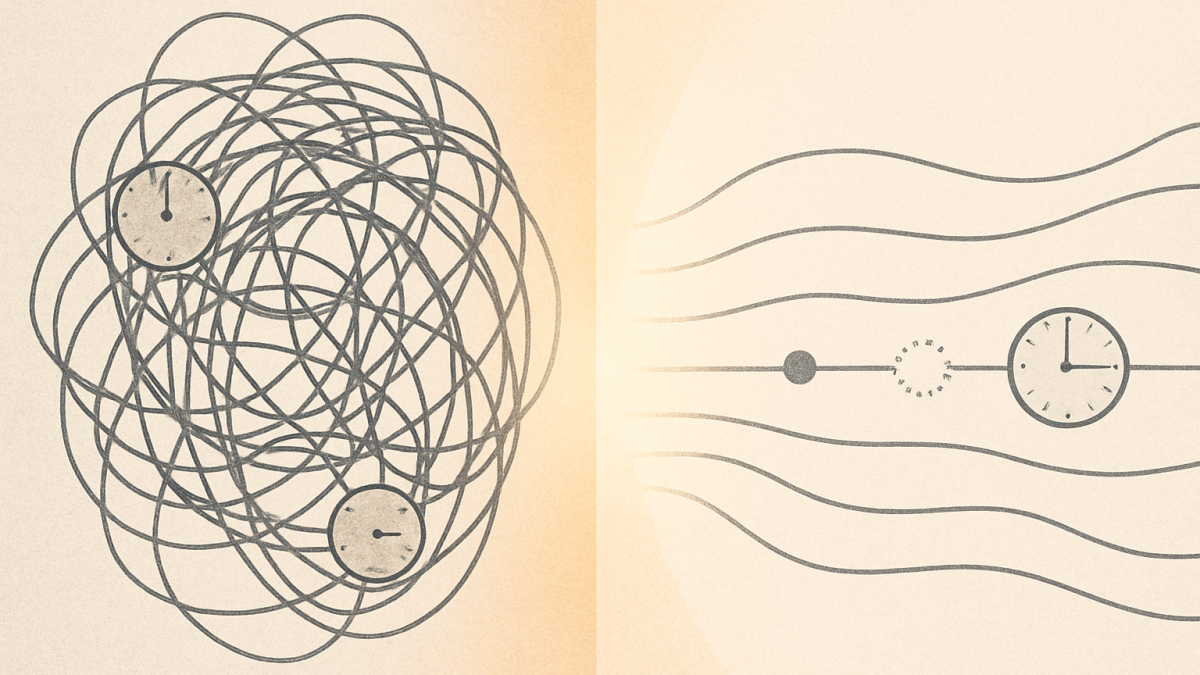What is EMDR Therapy?

A softer path for the parts of you that still feel stuck
If you’ve ever thought, “Why am I still affected by something that happened so long ago?” or “I’ve talked about it, so why hasn’t it gone away?”—you’re not alone.
Sometimes, healing isn’t about talking more. It’s about helping your nervous system understand that it’s finally safe. That’s what EMDR theraHpy helps with.
What Is EMDR, Really?
EMDR stands for Eye Movement Desensitization and Reprocessing, but don’t let the name throw you off. What it really is—is a way of helping your brain and body let go of what they’re still holding on to.
We all have moments that didn’t get fully processed—moments when things felt too much, too fast, or too painful. Even if your mind has moved on, parts of you might still be stuck in those moments. EMDR helps those parts catch up.
How does EMDR Work?
When we experience a traumatic, distressing event, our mind and body goes into an emergency alert phase. Also known as fight/flight/freeze. This is a survival tactic that allows us to keep ourselves alive while the event is happening.
Sometimes the memories of that traumatic event cause us to still feel that fight/flight/freeze mode for a long time after the event is over, even if logically we know we are safe now, we still feel like we are in danger.
EMDR helps our brain to process that memory so we no longer feel in danger.
It is a structured yet flexible approach, which starts off by establishing safety and focusing of resource building. Once your system feels ready, we aid processing of the memories through Bilateral stimulation techniques like eye movements or tapping.
As the process unfolds, your mind begins to make new connections, release what’s stuck, and respond from a place of safety rather than survival. We look at the past, but also at how it’s affecting your present—and gently create space for new ways of showing up in the future.
Who Is EMDR For?
EMDR is for anyone who feels like something from the past still lives in the present.
You might not have a single, clear memory that stands out. Sometimes it’s just a feeling—a heaviness you can’t explain, a reaction that seems bigger than the situation, or a part of you that shuts down even when you want to stay open. EMDR can meet you there.
It’s helpful for people who:
Feel anxious, on edge, or easily overwhelmed
Struggle with self-doubt, shame, or old beliefs that don’t feel true anymore
Have memories that come with a strong emotional charge—or feel strangely numb
Find themselves stuck in patterns, especially in relationships
Avoid certain situations or people without fully understanding why
Feel like they’ve “moved on,” but their body or emotions still say otherwise
Have tried talk therapy but sense there’s something deeper still held inside
You don’t need to have gone through something life-shattering for EMDR to be helpful. Even the smaller, quiet experiences—things that didn’t seem like a big deal at the time—can leave a lasting imprint.
If a part of you feels stuck, tangled, or tired of just “coping,” EMDR offers a way forward that doesn’t require you to relive the past—but gently helps you move beyond it.
If you would like to explore how EMDR can help you feel more at ease, more connected, and less weighed down by what you’ve been carrying, I invite you to reach out. Together, we’ll see if this approach is the right fit for your unique journey.
Warmly,
Akshi Gadhia
Psychologist
www.akshigadhia.com
 Akshi Gadhia
Akshi Gadhia 